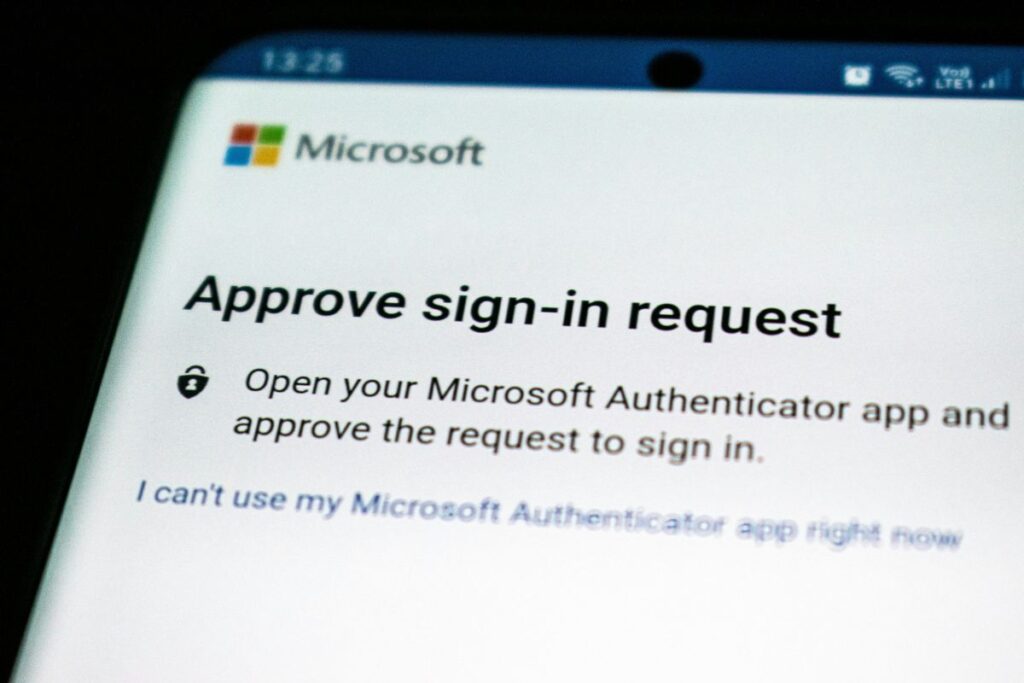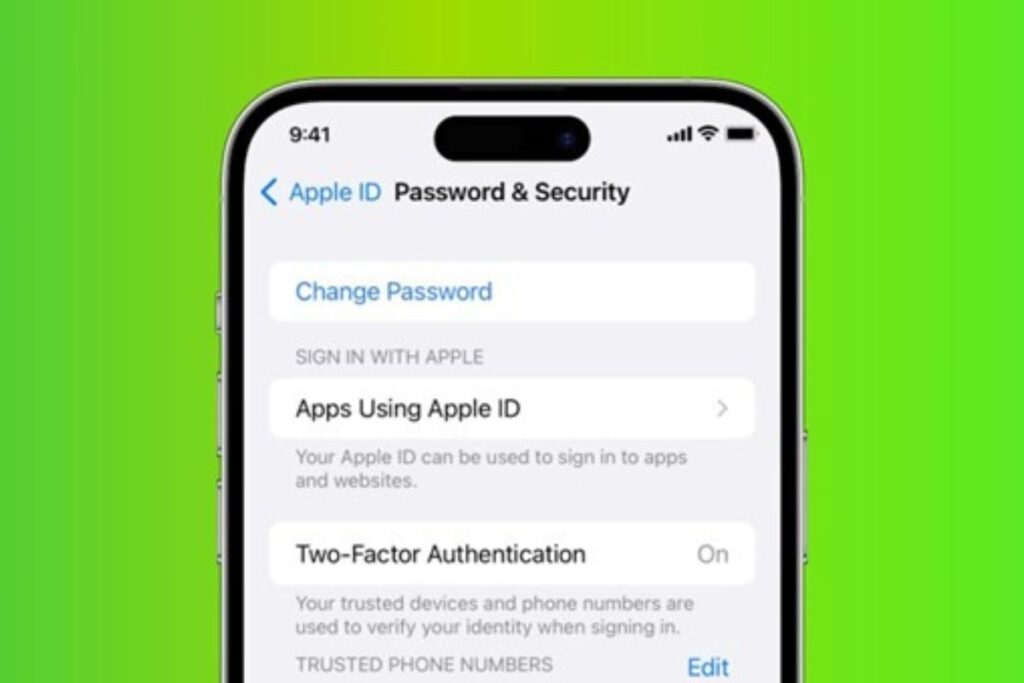Apple’s iCloud has been part of our digital lives for over thirteen years now. It promised seamless access to data across Apple devices, offering 5 GB of storage free of charge to back up essential apps and settings from iPhones, iPads, or iPods. Furthermore, it syncs your photos, documents, and emails.
Recent discussions highlight numerous criticisms, labelling iCloud as “broken.” With iCloud deeply integrated into all Apple products, this puts too many services and devices at risk at once. To be fair, similar considerations regarding Apple iCloud security apply to all unified systems. Understanding the threat automatically opens the way to protection against it. These iCloud defence tips will help you enjoy the benefits of cloud storage without the risk.
How to Secure Cloud Storage on Apple?
#1 Turn On Two-Factor Authentication (2FA)

Consider Two-Factor Authentication (2FA) as your security sentinel for Apple iCloud. Picture it as owning an exclusive cipher, supplementing your usual password. Unpack its operation and the unique safeguarding it offers.
Advantages of 2FA:
- Impenetrable Without Code: Possessors of your password alone hit a blockade; the absence of the unique code thwarts entry. It is akin to a dual-key requisite lock.
- Bolstered Security: One may decode your password, yet the absence of the peculiar code stimulates your effort. Imagine a personal sentinel warding off account intruders.
- Serene Assurance: The incorporation of 2FA into your security measures casts a robust bastion guarding your digital possessions.
Operational Breakdown:
- Initial Step – Password Entry: Initiating access with your customary password marks the commencement. Envision this as the initial key unlocking access.
- Secondary Step – Code Dispatch: Subsequent to password entry, an uncommon code transmits to a device you trust, like a cellphone or tablet.
- Final Step – Code Submission: Post receiving the unique code, inputting it grants entry. It’s akin to a cover signal exclusive to you.
#2 Make Adjustments to Your Privacy Settings
There are iPhone privacy settings that can reduce the risks to iCloud and the device itself. To improve iPhone privacy, you can use VeePN instructions. Why don’t we list iPhone privacy tips? Everything is simple, even the most basic settings are about 10, this does not fit into our format.
#3 Check Activation on All Devices
Navigate to the ‘System Preferences’ on your device, then locate and click on the ‘iCloud’ option. You’ll need to enter your AppleID credentials followed by your password to gain access. Once signed in, take a moment to review the list of sync options—ranging from photos to contacts and email. Select only the ones that suit your syncing needs.
#4 Don’t Use Apple Mail, Calendar, or Contacts
Apple cites the need for compatibility as its rationale for not implementing robust encryption on its mail, contacts, and calendar offerings. However, their argument doesn’t hold much weight. Admittedly, end-to-end encryption isn’t automatically compatible with providers that don’t support PGP. Nevertheless, Apple has the capability to adopt a type of encryption known as zero-access, which would keep its users’ data secure from the company’s reach. Alternatively, you can simply install the iOS VPN app and encryption will be applied automatically to all incoming and outgoing connections. This option is even more reliable and practical.
#5 Spam Defence


iCloud provides a convenient feature that allows you to generate up to three alternative email aliases. These aliases operate seamlessly, just like your primary iCloud email. With the ability to enable or disable these auxiliary addresses at will, they become an excellent strategy for managing and reducing unwanted emails and spam. When registering for online services, opt for an alias to maintain control over your inbox’s content.
Here are the steps to craft an email alias:
- Navigate to iCloud Mail through your web browser.
- Locate and click the gear icon positioned at the bottom-left corner of your screen.
- Choose ‘Accounts’ and then select the option “Add an Alias.”
- Proceed to formulate your new alias. Following this, click ‘OK.’ Conclude the process by clicking ‘Done’ to activate the alias.
A common tactic among users is to utilize a single alias for all their online sign-ups. When it’s not needed, they simply disable it. This method is highly effective at curtailing the influx of spam messages.
#6 Spam Defence
iCloud offers the innovative feature of creating alias email addresses, capped at three per user. Similar to your primary iCloud email, these aliases provide an alternative emailing option. With the added flexibility to toggle them on or off, they serve as an effective strategy to combat spam—simply employ an alias for online sign-ups and deactivate it as necessary.
Here’s the step-by-step guide to establishing your alias:
- Navigate to iCloud Mail via your web browser.
- Locate and click on the gear icon situated at the bottom-left corner.
- Select ‘Accounts’, then proceed by clicking ‘Add an Alias.’
- Proceed to craft your unique alias, confirm with ‘OK’, finalize it with ‘Done’, and voila—your alias is now operational.
#7 Creating a Strong iCloud Password

Consider your iCloud password the stalwart sentinel of your online realm. Here’s crafting a fortress key so unbreakable, it secures your digital valuables with might:
- Experiment with Alphabets and Symbols: Forge an impenetrable password with a tapestry of both upper and lower case letters, interspersed with digits and symbols. This concoction confounds any would-be digital marauder.
- Embrace Length as Strength: A password stretching beyond 12 characters stands like a towering fortress wall against assault. The more characters you weave in, the more indomitable it becomes.
- Anonymize Your Details: Shun the use of personal breadcrumbs such as names or birthdates. Adversaries may lurk closer than imagined, armed with insights into your life.
- Craft a Labyrinth of Randomness: Sidestep the Ordinary. Architect your password as if it’s a labyrinthine enigma that only you can navigate.
- Routine Renewal is Key: Periodic reinvention of your password mirrors the act of changing your locks. Such vigilance consistently keeps adversaries in the dark.
Conclusion
iCloud does everything in its power to make using the service comfortable and safe. Then everything depends on us. If we use the same password everywhere or don’t know how to spot phishing, it’s not Apple’s fault. The second part of the equation is always ours.
Images supplied











